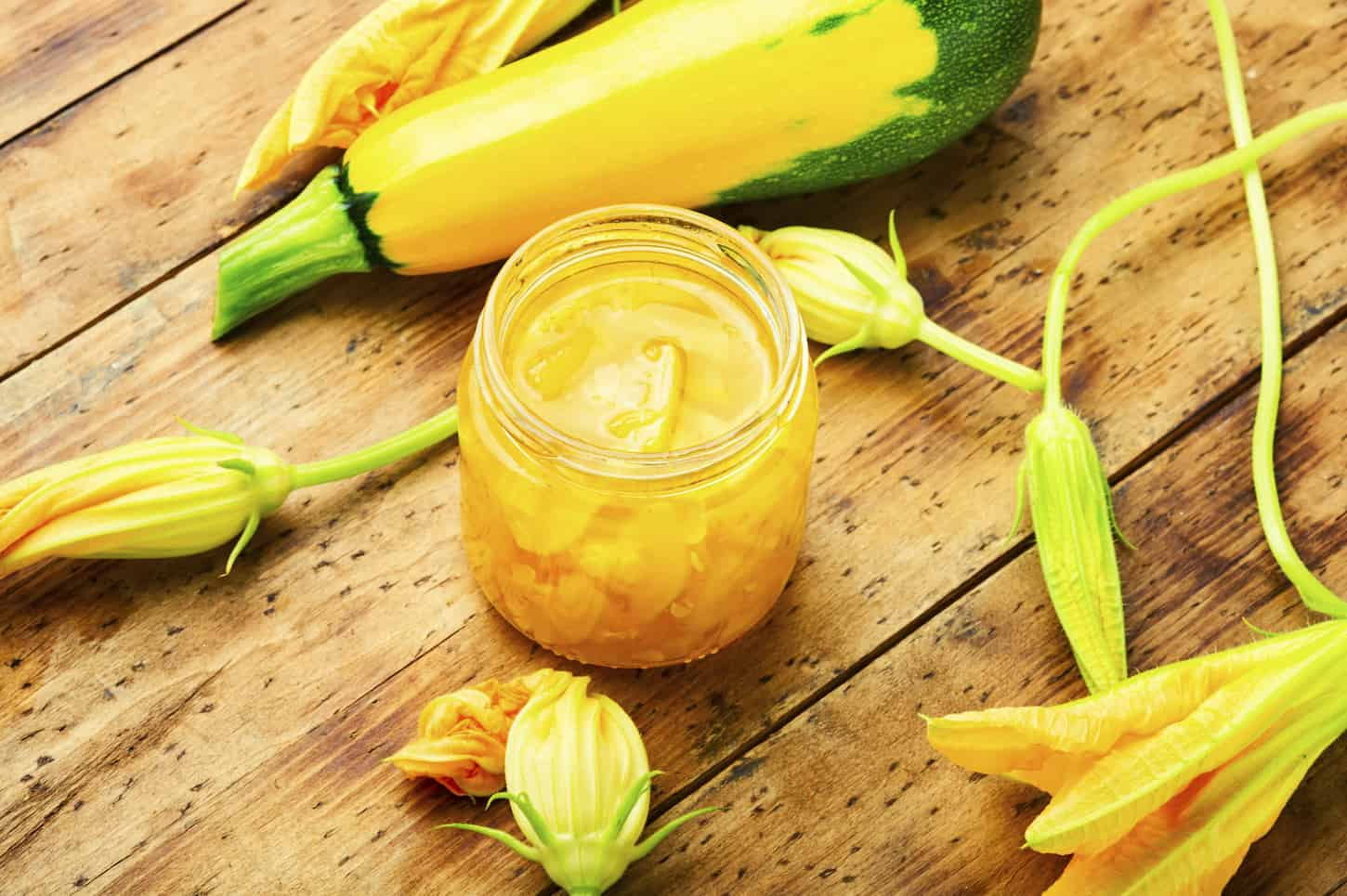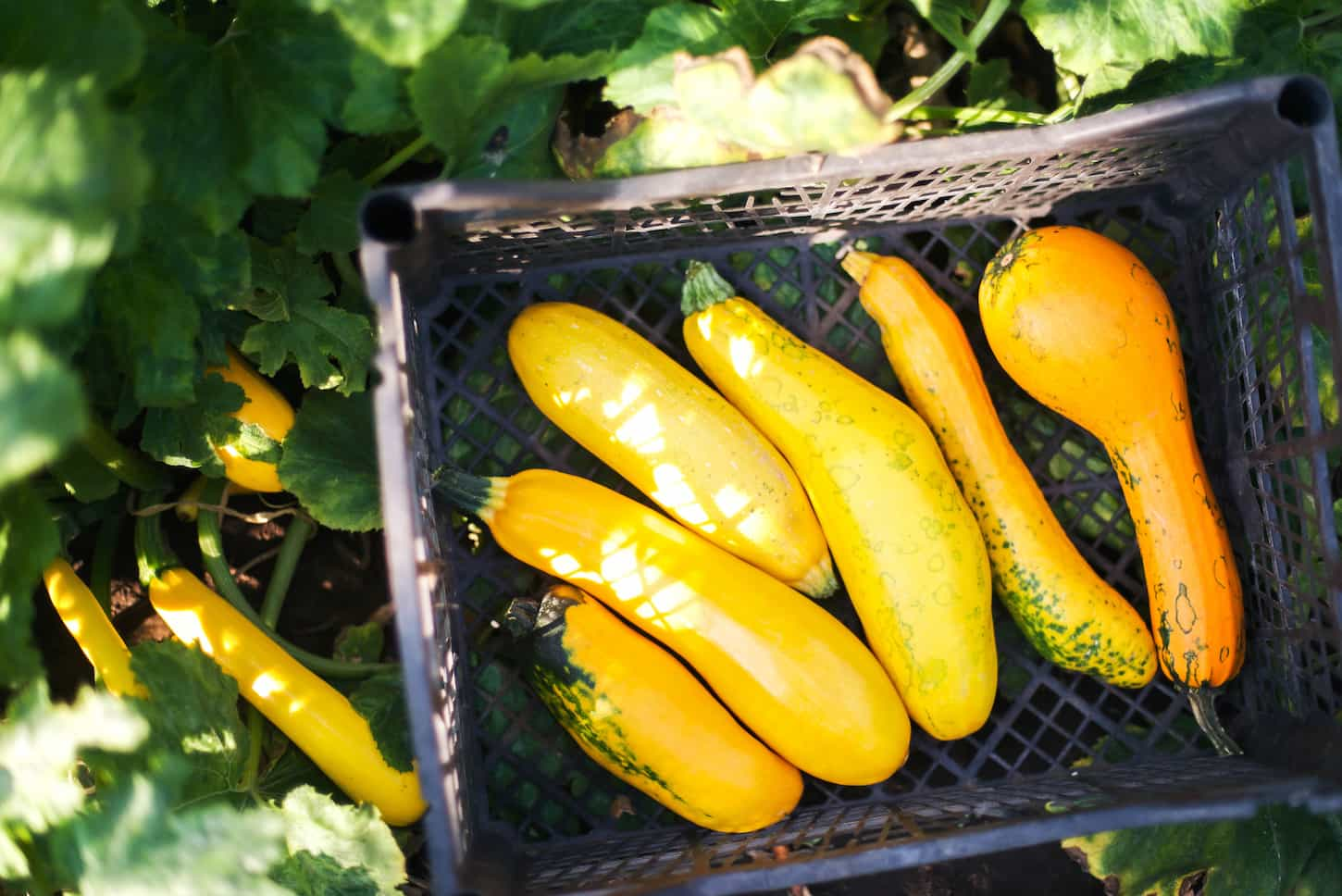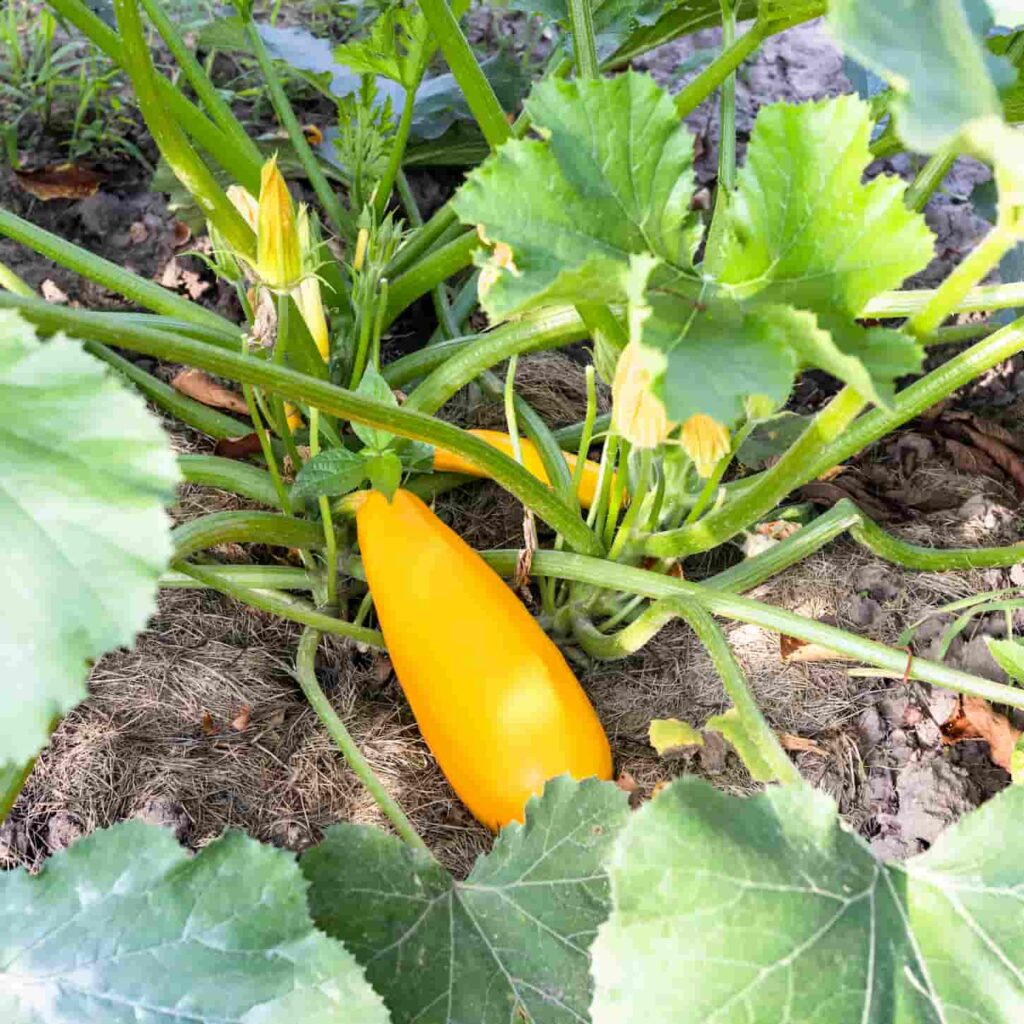There’s nothing more devastating than harvesting a bunch of rotten and discolored zucchini after a laborious planting season that was planned to be a complete success. Don’t worry, this is actually pretty normal. Zucchini rot and discoloration are quite common amongst gardeners. Even so, why does zucchini turn yellow and rot?
Zucchini turn yellow and rot due to pollination issues, nutrient deficiency, and water issues. Therefore, zucchini turning yellow and then rotting is due to mismanagement rather than a disease as all these issues can be prevented.
The good thing is some rot issues can easily be identified and remedied. So, here’s everything a person needs to know about the possible reasons why the zucchini plants are going bad and quick fixes that can be implemented to improve their yield.

Can You Eat Zucchini That Is Turning Yellow?
Yellowing zucchini can be consumed provided that they are not soft and wrinkly. If only a part of this vegetable is damaged or has a wrinkled texture, simply cut that part off and make use of the rest of the vegetable.
There is a type of zucchini that is naturally yellow and edible – they are even more flavorful than green zucchini. Green zucchini that are slightly overripe can have a lighter color as well, they taste a bit bland and have a soft texture, but they are safe to eat.
How Do You Keep Zucchini from Rotting on the Vine?
Zucchini turning yellow and then rotting on the vine is due mostly to systemic problems, so it’s important to be extra careful when providing these plants with the right growing conditions, otherwise, they might rot on the vine.
Here are some helpful tips that will ensure the zucchini plants produce wholesome vegetables below:
Tip #1: Sow the zucchini seed sideways
Who would have ever thought that how zucchini is sowed could be the major cause of rot issues on the vine? When sowing the seeds of zucchini it’s important that they are laid sideways. The water can easily drain off, and germination can take place faster so that the risk of rot can be abated.
Tip #2: Don’t start them off too early
Zucchinis are sensitive to cold, so don’t start them off too early. Place their seedlings in a sunny spot inside until there is no threat of any frost. If you have to keep them outside, make sure they’re under horticultural fleece or cloches when the weather gets cold.
Make sure to plant these vegetables at the right time by making use of online garden planners specific to the area. Their recommended sowing or planting guidelines will provide the needed information for the correct time to plant and grow zucchini.
Tip #3: Water regularly and use fertilizer in moderation
Zucchini is prone to blossom end rot, as the name implies. This is a disorder that causes the blossom end of a zucchini to rot. Lack of calcium is the major reason why this happens to these sizeable plants.
You can remedy this problem in two ways:
- Adding calcium to the soil.
- Maintaining adequate moisture supply and applying fertilizer in moderation.
The first remedy listed is usually the last resort because regular watering and proper use of fertilizer can easily get rid of this problem.
Uneven moisture, irregular watering, and excessive nitrogen can hinder zucchini from efficiently absorbing calcium from the soil, so be very consistent with your plant care routine.
In early spring reduce the watering rate to once a week. Then increase it to two or three times a week once the air temperature rises. Check to be sure these plants are well watered by feeling the soil. Usually, an inch of water is sufficient but if the soil feels a bit dry, add an inch of water.
Feed the zucchini plants with a DIY comfrey tea fertilizer or a liquid tomato feed two times per month. If making use of store-bought fertilizers make sure they contain an adequate mix of nitrogen, phosphorus, and potassium.

How Do You Get Rid of Zucchini Rot?
Sometimes zucchini rots because of poor pollination. An indicator that this is the problem would be the zucchini plant stops growing, turns yellow, and eventually rots. Encourage pollinators by adding more flowers to the area. Spray less pesticide or avoid spraying any at all to further attract pollinators.
If this problem still persists after trying the above step, here’s a list of things that can be done to fix the problem:
Tip #1: Grow other plants that attract pollinators
Some plants can help increase the bee activity in your garden by attracting them with their vibrance and sweet scent, so if these pollinators are scarce in your area, consider growing companion plants that can help with this problem.
Plants such as marigolds, borage, oregano, and nasturtium make great companion plants for zucchinis and attract bees. If growing a plant that isn’t listed, make sure to find out whether or not it’s a suitable companion for these delicate shrubs so that they won’t disrupt their growth.
Tip #2: Hand pollinate the zucchini
To avoid the hassle of growing other plants that attract pollinators, it is possible to hand pollinate the zucchini plants. This can be achieved in 2 ways:
- Pick a male flower and gently push it into the female plants.
- Use a small paint brush to swirl the inside of the male flower and then gently swirl the inside of the female flower.
Hand pollination is best done early in the morning when zucchini flowers open. If a flower opening is missed, don’t panic, just wait for another flower to develop – this should happen in a couple of days. Hand-pollinate the new flower once it has developed.
Tip #3: Plant more than one zucchini
Sometimes zucchini produces only one type of flower when it’s really hot. This can hinder pollination because the corresponding plant needs to be present for pollination to take place.
The best solution for this problem is to plant more than one zucchini. Don’t worry about this problem being irreversible – once the growing conditions are more favorable, the zucchini plants will balance themselves out with flowers.

Next Steps
Zucchinis are actually super easy to grow, they just need extra TLC.
Once you harvest some zucchinis, you may want to set a few aside for seed saving or brown-bagging for re-growing in the next planting season. All that needs to be done is to use an elastic band to close up the female flowers.
As long as the zucchinis are planted correctly from the start, there should be minimal problems with yellowing and rotting.
Now that you know how to help your zucchinis better during the growing season, make sure you know how you want to store them. We like to freeze and freeze-dry ours. Read more about the differences and similarities of these two storage options here: Freeze Dryer VS Freezer – 7 Differences That Matter. Give that a read next, because then you’ll know the best way to store zucchini for you!
Resources
Learning from your own experience is essential, but learning from others is also intelligent. These are the sources used in this article and our research to be more informed as homesteaders.
- Hendry, Ann Marie. “The Secret to Success With Zucchini.” GrowVeg, 14 May 2015, www.growveg.com/guides/the-secret-to-success-with-zucchini.